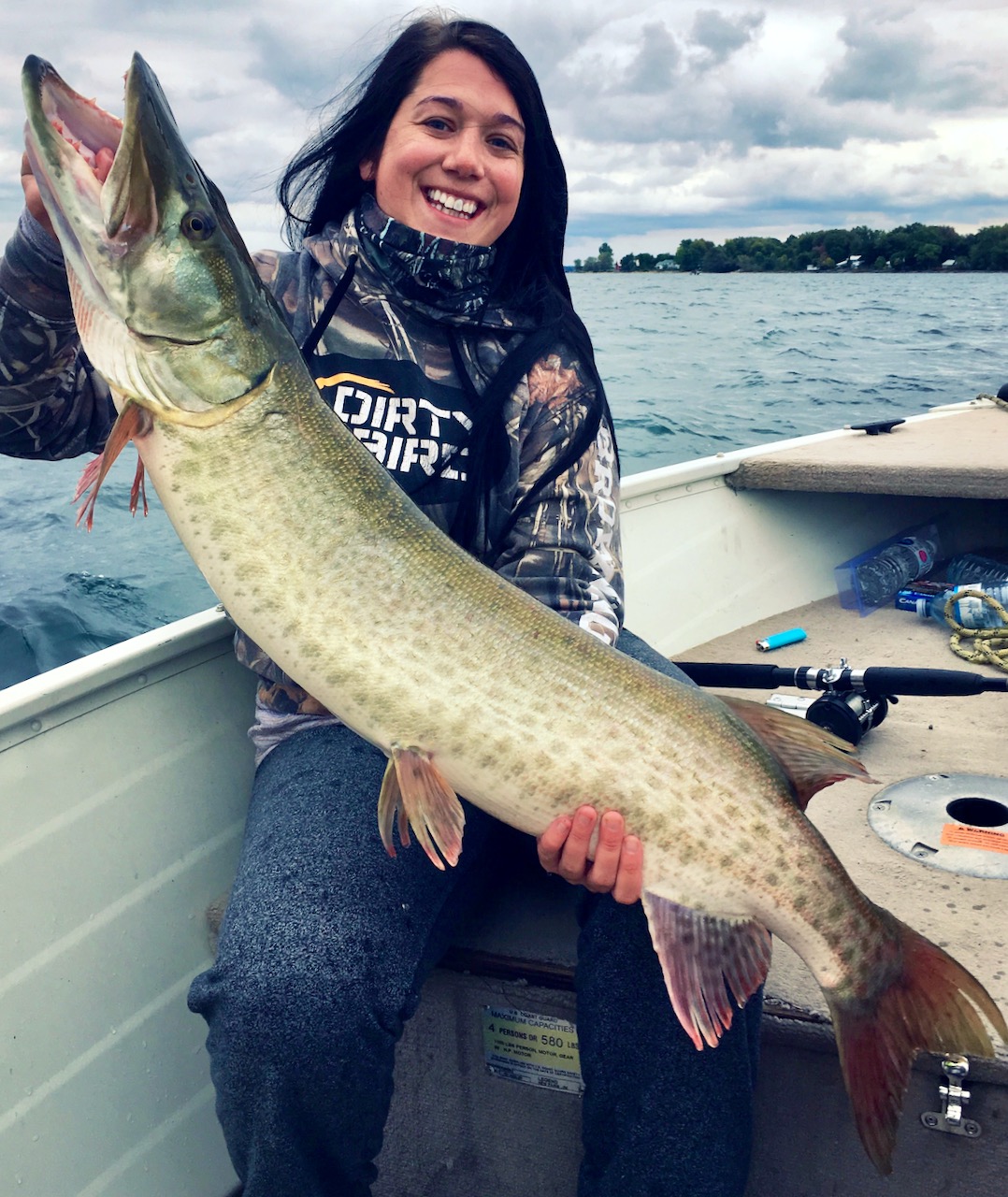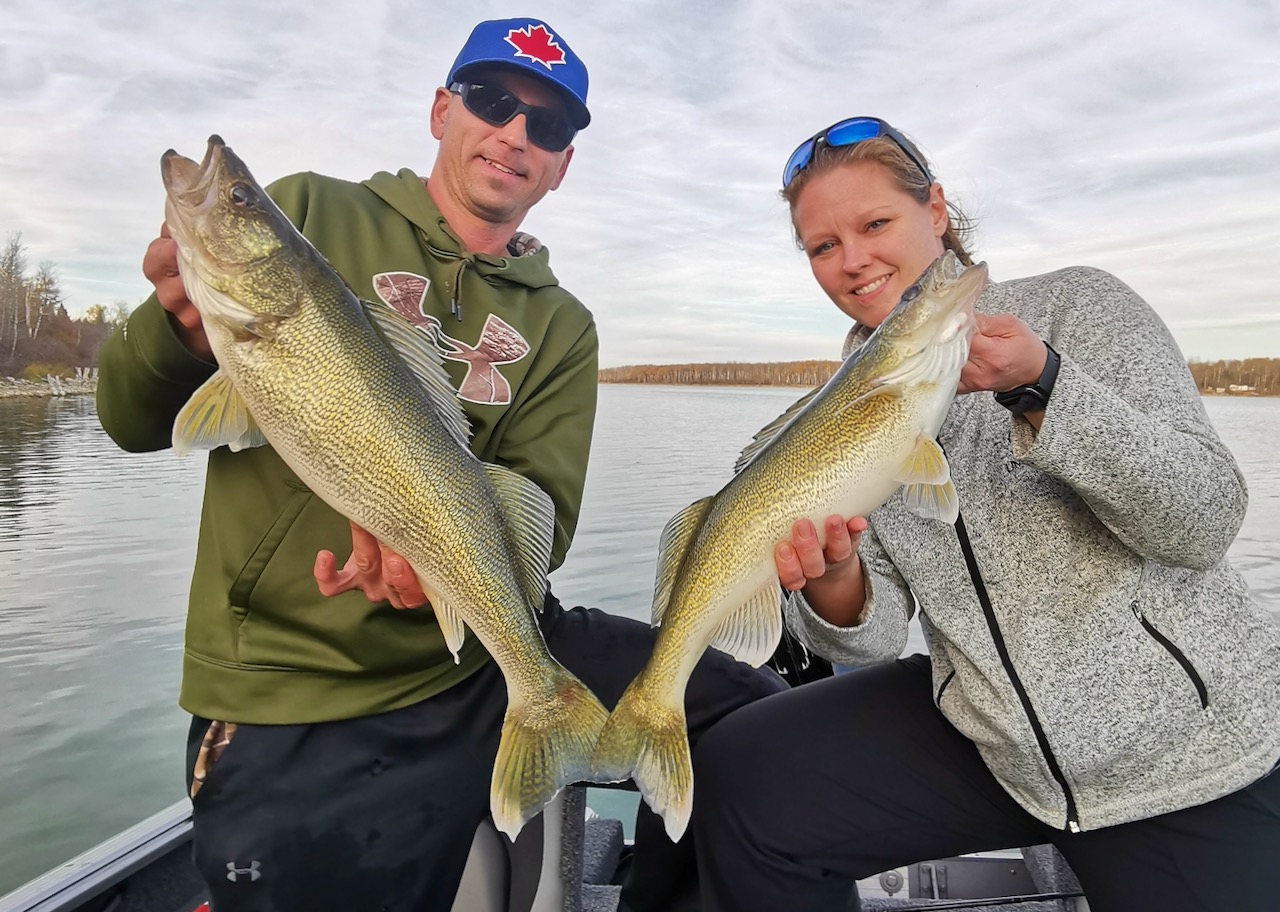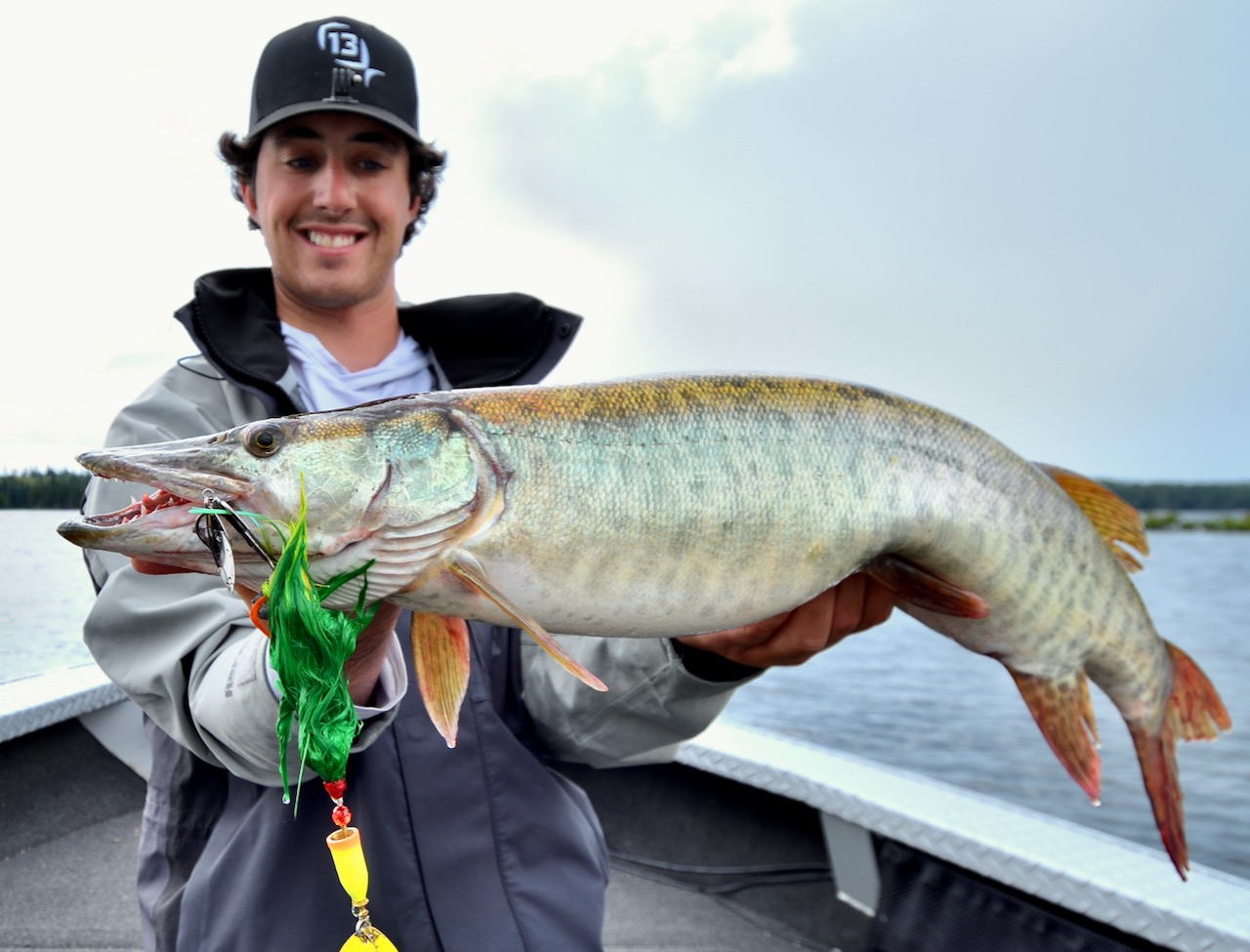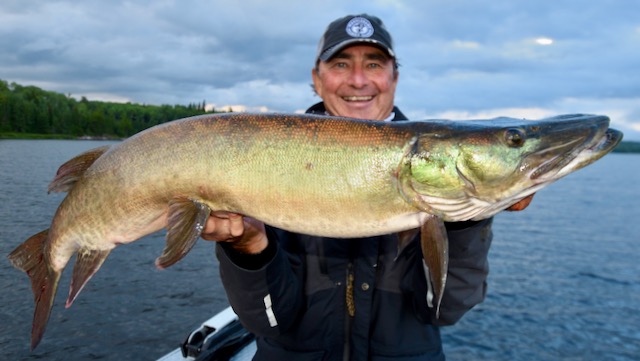FALL FISH FINDERS
How to find big end-of-season walleye, smallies, muskies and pike
Advertisement
MUSKIES
Of all the popular sportfish species, muskies exhibit perhaps the most diverse late-fall locational habits. As most muskie anglers are aware, these big toothy critters typically establish spring, summer and winter home ranges, to which they remain devoted for life. As soon as the water temperature dips permanently below the 15°C mark in the fall, however, they will roam throughout the lake until just before freeze-up, when the thermometer finally settles on the 5°C button. That’s the signal for them to set up housekeeping in their deep-basin digs for the winter.
Advertisement
Many anglers mistakenly believe this fall wandering phase means you can’t pattern or pinpoint the fish, but nothing could be further from the truth. You simply need to think of them as though they’re traveling along a highway and stopping whenever the urge to eat hits them.
The best late-fall pit stops are typically rock structures adjacent to the main-lake basin. Those range from whaleback-like reefs that break the surface or hide a few feet beneath it, to moderately deep, 15- to 25-foot reefs. That’s where these apex predators can intercept, corral and feast on ciscoes, whitefish, suckers and similar silvery-grey prey. Indeed, my heart skips a beat whenever I scope out a late-fall muskie eatery and spot a school of suspended baitfish on my sonar. I will even cast and troll around the edges of the bait ball if it’s large enough, fishing it as though it were a form of moving structure.

Deep channels are another late-fall muskie location that I never pass up. That’s especially the case when it’s too cold to cast and I’m forced to troll. The same goes where two or three large islands come close to each other—or to shore—creating pinch points and natural constrictions. These spots really shine when the wind gusts steadily through the narrows for two or three days, or the waterbody is part of a natural flowage. In this case, the high percentage spots are anywhere along shore—especially on bottom—that break the current, creating side eddies, back eddies and lazy-water ambush locations for muskies to attack their prey.
Advertisement
BONUS TIP: SHALLOW-WATER MUSKIES
Advertisement
In many shallow, bowl-shaped muskie waters—such as several of southern Ontario’s Kawartha Lakes—the fish appear to be in no rush to leave their summer home ranges and wander about, unlike their Shield-lake cousins. The availability of a plentiful, shallow-water food supply, including suckers, bullheads, carp and perch, appears to be the main reason. Plus, most of these lakes lack deep-water fall spawning forage, such as whitefish and ciscoes. As a result, you’ll typically still find the muskies heavily associating with shallow cover options, such as deep weedlines. Fisheries researcher Sean Landsman confirmed this peculiar behaviour in his landmark Project Noble Beast study. He tracked one particularly large muskie into a cattail marsh on the Ottawa River, only days before it froze in late November. The water was so shallow, Landsman says he was surprised the fish’s back and tail didn’t break the surface.



